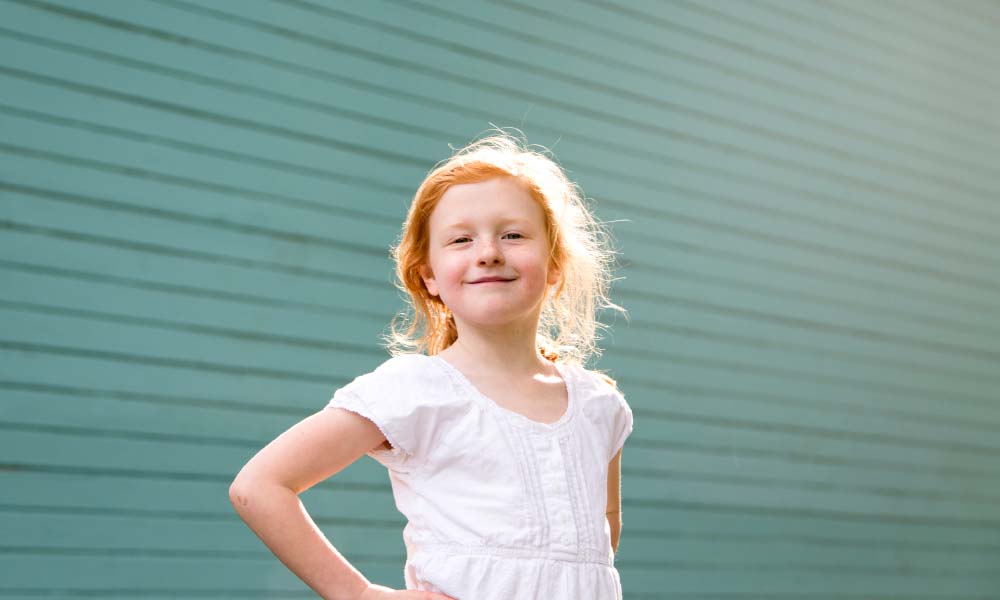I Am Jazz
By Jazz Jennings and Jessica Herthel, Illustrated by Shelagh McNicolas
Jazz was born with a boy body. But from a very young age, Jazz knew she had a girl’s brain. I Am Jazz is based on the teenager and activist, Jazz Jennings’, real life experiences as a transgender child. The book uses simple and relatable language that expresses Jazz’s sadness, her parents’ confusion, and her ultimate joy when she is able to live as her true self as she socially transitions from male to female. The book is written for children as young as three, the age Jazz knew she was a girl and an age when many children are aware of gender roles, identities, and expressions. The book reminds us to trust our children’s instincts and to follow their lead when it comes to knowing who they are.Introducing Teddy: A Gentle Story About Gender and Friendship
By Jessica Walton, illustrated by Dougal MacPherson
The author wrote Introducing Teddy as a way to explain her father’s transition to her young son. The book balances Teddy’s desire to live as the girl he has always been on the inside with his fear of losing his best friend Errol. The book illustrates the amazing strength of support and friendship. When Teddy expresses his wish to be recognized as a girl who is named Tilly, Errol doesn’t miss a beat. He just wants his friend to be happy.Intended for ages 3-6.
Red: A Crayon’s Story
By Michael Hall
Red does not specifically use language which includes gender or transgender terms. But it is written in a way that beautifully describes the way a transgender or gender fluid person can feel when they are asked to be something they are not. His label tells him and everyone around him that his color is red, but when he is asked to be red, he fails. When someone sees him for the color he really is and encourages him to be himself, he thrives. And it’s breathtaking. Preschool age kids and older will appreciate this book.George
By Alex Gino
George is one of a growing number of books for middle schoolers that focuses on transgender youth and tweens. Of the books out there, George is the most appropriate for young readers in terms of language and themes. George knows she is a girl, but everyone sees her as a boy, including her female best friend. But when the role of Charlotte is up for grabs in the school play, Charlotte’s Web, she realizes how much she wants the part and to be a seen as a girl. The book tackles friendship, bullies, and the emotional path a transgender person must take to find acceptance, even in their own family.Parts & Hearts: A Kids (and Grown-Ups) Guide to Transgender Transition
By Jenson J. Hillenbrand, Illustrated by Quinlan Omahne
People who identify as transgender often choose hair styles, clothing, names, and pronouns that best match their true gender. It is extremely validating for external expression to match internal identity. It can build an individual’s self-esteem, confidence, and success. A person’s decision to transition may also include hormones or surgery. Parts & Hearts is written to help explain these physical changes to children ages 9-12, though don’t let this age range limit you. The book is gentle, kid-appropriate, and offers scientific and empathetic explanations to common questions about transgender transition.
When talking about important and big subjects to children, it’s best to use direct and simple language, break topics down into small chunks, and listen. It’s also important to remember that you won’t always have the answer, and that’s okay. Never be afraid to admit that you need to ask a professional or research a credible website so you can better answer the questions brought to you by the children in your life. What is important is that, in this case, you are willing to better understand the experiences of transgender boys, girls, men, and women. Your compassion will set an example for children to be compassionate too.



